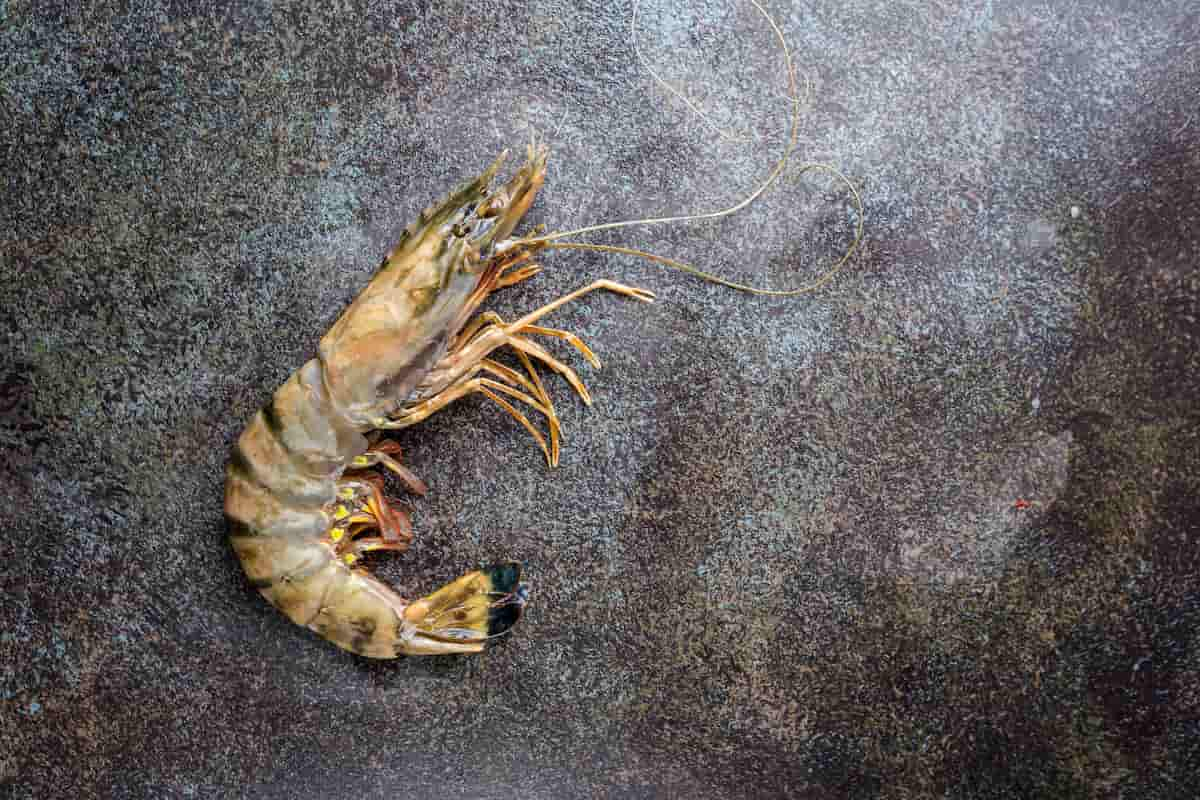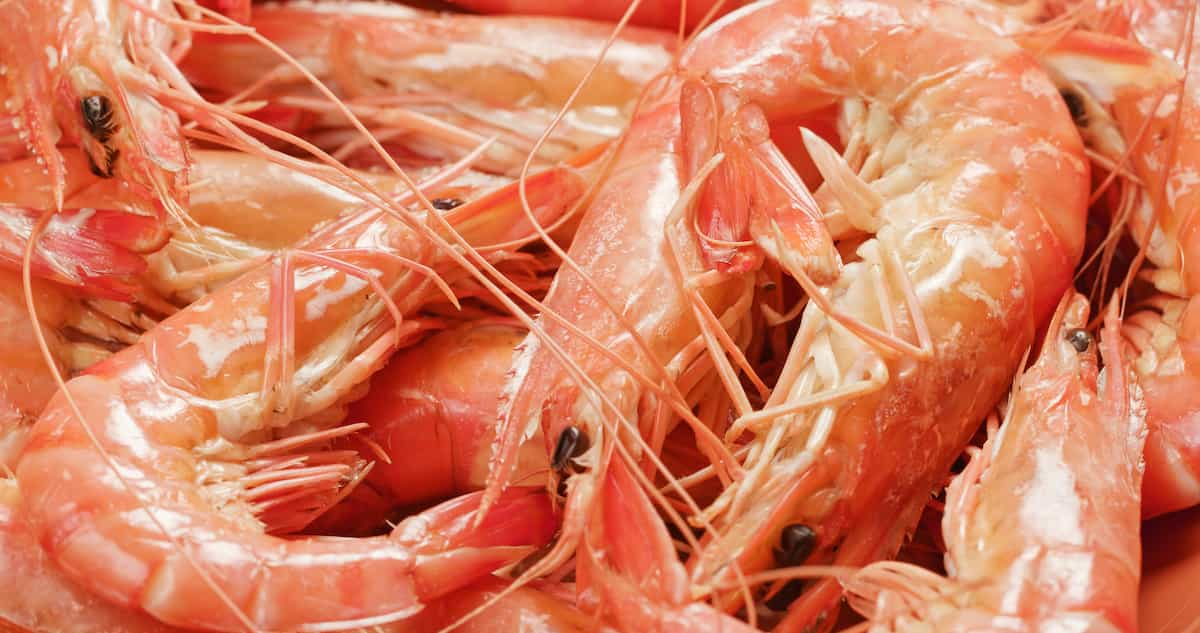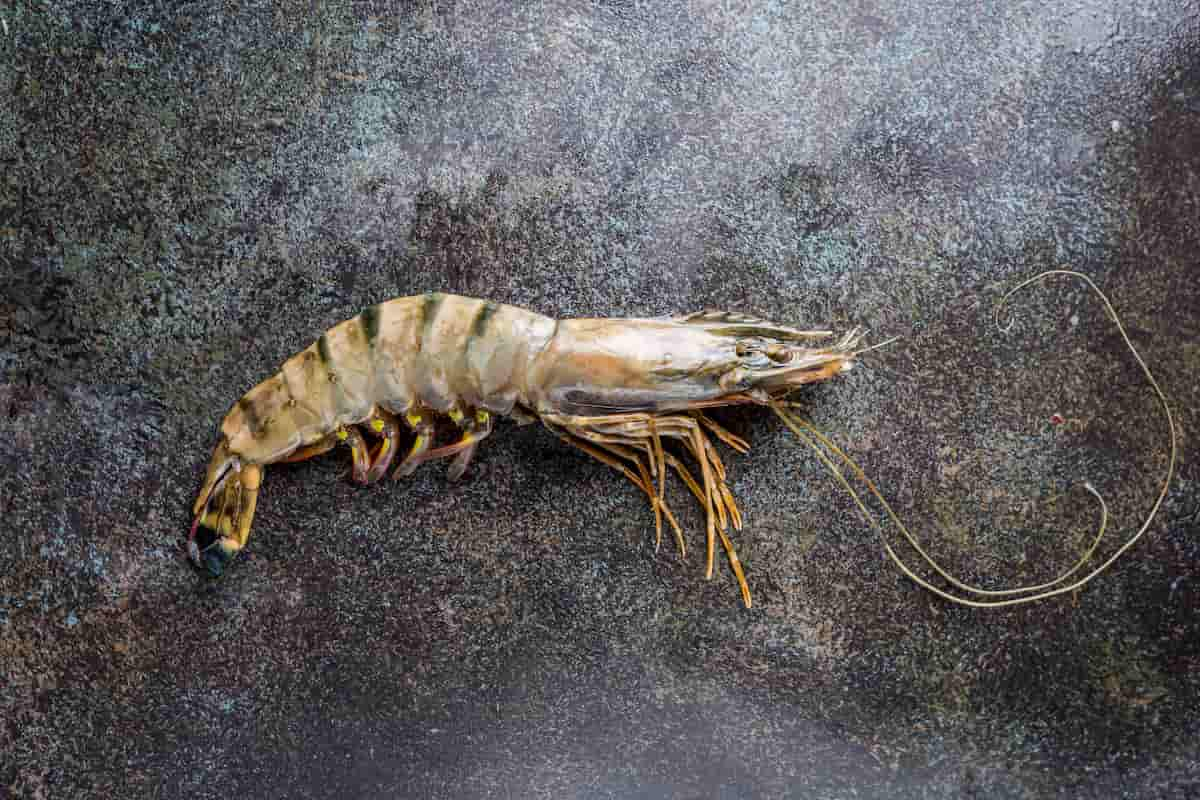Monodon-type baculovirus (MBV) is a virus that causes challenges in shrimp farming. The virus is named after the first shrimp species that it was found to infect, the giant tiger prawn (Penaeus monodon). However, it can also infect other kinds of Shrimp. MBV is known to cause the shrimp industry, especially in Southeast Asia, to lose a lot of money.

MBV is a member of the Baculoviridae family, which includes other viruses that infect insects. It is a virus with a double-stranded DNA genome that goes around in a circle. The virus replicates itself inside the nucleus of infected cells, which damages cells and tissues and can lead to death.
Monodon-type Baculovirus (MBV) in Shrimp (Prawn)
The Pathogen Responsible for Monodon-type Baculovirus (MBV)
- Monodon-type baculovirus (MBV) is a virus that causes disease in Shrimp, especially the giant tiger prawn (Penaeus monodon) and other species.
- The cause is a type A Baculovirus, a large, double-stranded DNA virus with an envelope that reproduces itself inside the nucleus of infected cells. The virus hurts the cells and tissues of Shrimp that have been infected.
- It makes the Shrimp lose their appetite, feel tired, and grow more slowly. MBV is contagious and can spread quickly in shrimp farms, causing the shrimp industry to lose money.
- For this disease to have less effect on shrimp populations, it is important to have good management and prevention plans, like strict biosecurity measures.
Spread and Transmission of Monodon-type Baculovirus (MBV) in Shrimp
- In the 1970s, Monodon-type baculovirus (MBV) was first found in Taiwan. Since then, it has been found in many countries around the world.
- This virus is very contagious and can kill up to 100% of the Shrimp it infects. Shrimp farms can also lose a lot of money because infected Shrimp grow slower and die.
- It is thought that the virus spreads through contact with contaminated water, but the exact way it spreads still needs to be fully understood.
- MBV is common and important to the economy in many places, like China, Indonesia, the Philippines, and Australia. People are working on making a vaccine for the virus since there is no cure or way to prevent it.
What are the Signs and Symptoms of Monodon-type Baculovirus (MBV) in Shrimp
Monodon-type baculovirus (MBV) can affect Shrimp at all stages of their life cycle and cause significant mortality rates. The signs and symptoms of MBV in Shrimp include:
- Lethargy and reduced activity.
- Anorexia and poor feeding.
- Dark discoloration of the Shrimp’s body.
- Reduced growth rate.
- Fouling of gills and appendages by ciliates such as Zoothamnium spp. and Vorticella spp.
- Loss of epithelial cells in the hepatopancreas, leading to damage to infected tissues.
- Secondary bacterial infections can lead to mixed infections and increased mortality rates.
- Mortality rates in larval Shrimp in hatcheries can reach up to 70-90% during acute MBV infections.
- Clinical signs include lethargy, anorexia, poor feeding, dark coloration, and reduced growth rate. Infected shrimps are often associated with fouling of gills and appendages by ciliates such as Zoothamnium spp. and Vorticella spp.
These symptoms can lead to significant economic losses for shrimp farmers, especially in areas where MBV outbreaks are common.
In case you missed it: Yellow-head Disease Management in Shrimp (Prawn): Symptoms, Causes, Diagnosis, Treatment, Control, and Prevention

Diagnosis of Monodon-type Baculovirus (MBV) in Shrimp
- Diagnosis of MBV in shrimps can be tentatively made by the presence of single or multiple intranuclear inclusion bodies in the hepatopancreas cells, which can be observed through microscopic examination of fresh squash preparations stained with 0.1% malachite green.
- Inclusion bodies are oval-shaped and can range from 0.1 to 20 micrometers. Histopathological techniques can also diagnose MBV by observing the pinkish oval bodies in the nuclei of hypertrophied epithelial cells of the hepatopancreas.
- Polymerase chain reaction (PCR) can rapidly diagnose MBV infection. In situ hybridization techniques using commercially available digoxigenin-labeled DNA probes can also diagnose MBV infection in fixed tissue sections.
- The prompt diagnosis of MBV is essential to prevent its spread to other populations and minimize losses in shrimp farming.
Treatment of Monodon-type Baculovirus (MBV) in Shrimp
Currently, there is no effective way to treat Shrimp with Monodon-type baculovirus (MBV). So, the best way to avoid the disease is to take steps to prevent it, like screening PLs before putting Shrimp in the pond and keeping it clean. Also, research is still going on to find effective ways to treat MBV, but no reliable treatment has been found yet. To stop the spread of MBV, shrimp farmers need to keep an eye on their stock and report any signs of infection.
Prevention and Control of Monodon-type Baculovirus (MBV) in Shrimp
- Prevention and control of MBV in Shrimp includes using MBV-free stock for farming purposes and maintaining good water quality through increased water exchange.
- Screening post-larvae (PL) before stocking Shrimp in the pond to avoid the infection. However, limited information on the prevention and control of MBV in shrimp pond culture is available.
- There are currently no known control measures, but the disease can be avoided through integrated management involving quarantine and routine shrimp screening for viral infection.
- Proper disposal of infected stock by incineration or burying far away from farms is also important.
In case you missed it: White Spot Disease Management in Shrimp (Prawn): Symptoms, Causes, Diagnosis, Treatment, Control, and Prevention

Conclusion
Shrimp farmers face economic losses from monodon-type baculovirus (MBV). Reduced appetite, lethargy, and delayed development are indications of the condition. Infected Shrimp or water spread the virus horizontally. PCR and histopathology can diagnose MBV. Good farming, water quality, and stress management can help prevent and control MBV, which has no therapy.
Biosecurity, early identification, and shrimp population eradication prevent and control MBV. MBV management in shrimp production needs adequate husbandry, diagnosis and detection, and biosecurity. These approaches can limit MBV and reduce economic losses.
- Beneficial Insects in Pest Management
- Natural Solutions for Pest Control in Flower Gardens
- Types of Fungicides Used in Agriculture
- Common Issues in the Fruit Development Stage of Pomegranate Farming
- Fruit Development Issues in Papaya: Easy Solutions and Treatment
- Soil-Borne Diseases and How to Protect Your Plants
- Practices to Prevent Disease Spread in the Garden
- From Wilted to Thriving: How to Treat Root Rot Naturally in Houseplants
- Natural Remedies to Cure Brown Spots on Fig Tree Leaves